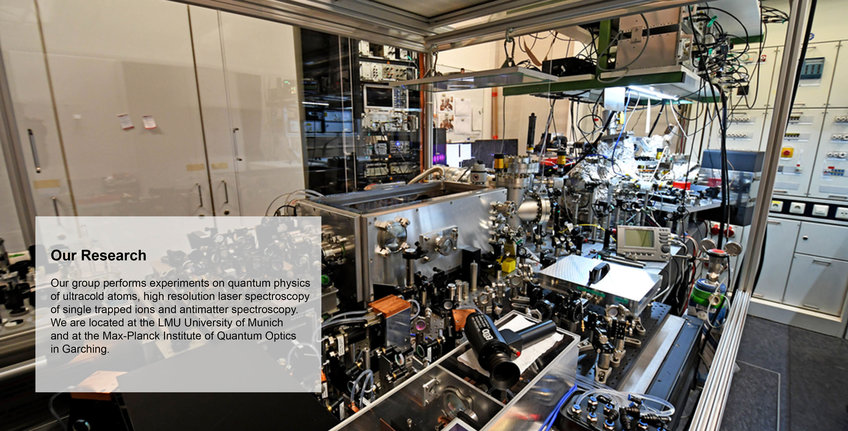A careful analysis of the excitation dynamics reveals that excitation is accompanied by a significant ionization probability. We therefore plan to operate the ion trap such that the resulting He++ ions remain stored as signature for successfull excitations.
more


